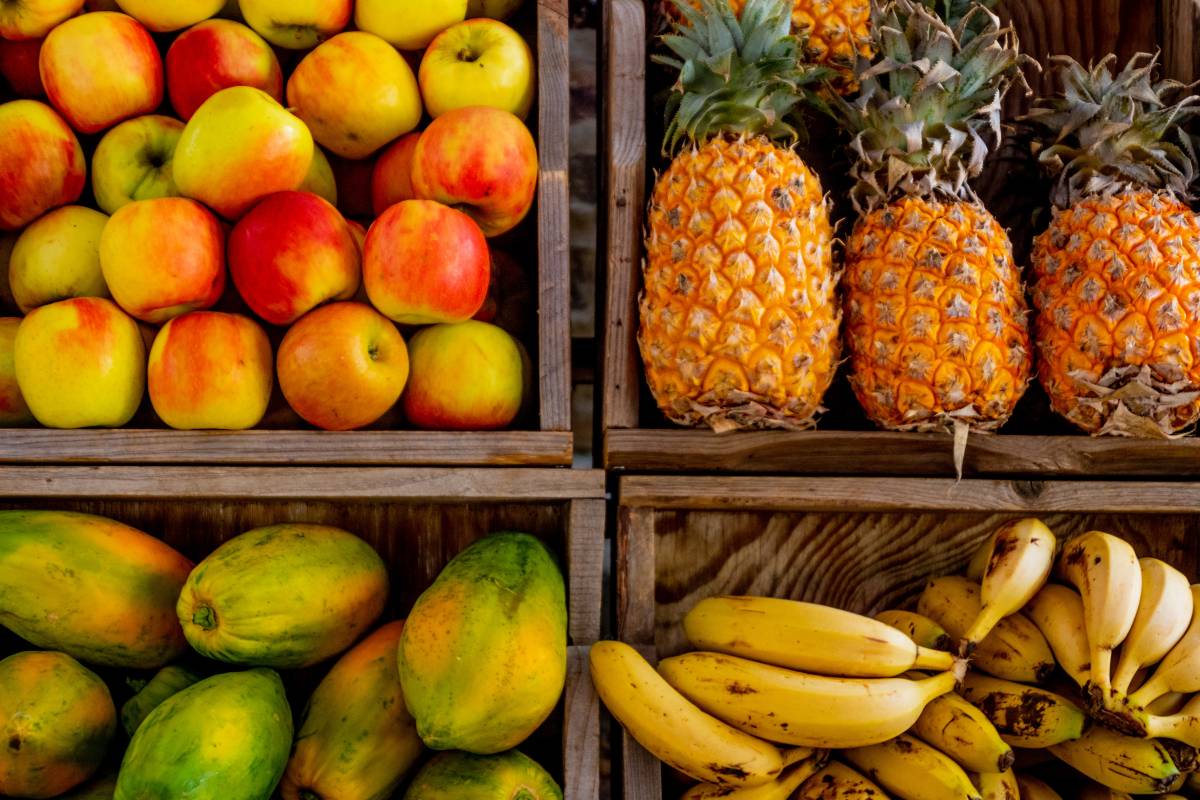If you’re a person with diabetes, knowing which types of fruit are safe and beneficial for your condition can be key to maintaining a balanced diet and managing blood sugar levels. In this article, we’ll explore the wide range of fruits available and provide helpful advice on which fruit to choose and how to incorporate it into your daily diet.
Balance is key
When it comes to diabetes, sugar balance is key. Fruit, while naturally sweet, can provide important nutrients such as vitamins, minerals and fiber. However, some fruits contain more sugar than others, which could impact blood glucose levels. Therefore, it is important to make wise choices and know which fruits are best suited for people with diabetes.
Which fruits to choose?
When it comes to choosing the best fruits for diabetes, it is advisable to focus on those with a low glycemic index. The glycemic index (GI) measures the effect of a food on the blood sugar level. Fruits with a lower GI tend to have less impact on blood sugar.
Here are some examples of low glycemic index fruits that can be eaten in moderation:
- Bodies: Apples are an excellent choice for people with diabetes. They are rich in fiber and antioxidants, which promote satiety and blood sugar regulation.
- Blueberries: Blueberries are rich in anthocyanins, which give them their characteristic blue color and offer health benefits. They are also rich in fiber and vitamin C.
- Peaches: Peaches are juicy fruits and rich in fiber. They are a good source of vitamin C and potassium. Be sure to choose peaches that are ripe but not overripe, to avoid a high sugar content.
- Strawberries: Strawberries are delicious and full of vitamin C, fiber and antioxidants. They are low in sugar and are a great choice for diabetics.
- lemon: Although acidic, lemons are rich in vitamin C and antioxidants. They can be used to flavor water or as a salad dressing, providing health benefits without significantly affecting blood sugar levels.
How to include fruit in your diet
In addition to choosing the right fruit varieties, it’s important to consider portion sizes and combination with other foods to maintain nutrient balance. Here are some helpful tips:
- Control the portions: Even healthy fruit should be eaten in moderation. Keep portions under control and try not to overdo it.
- Combine fruit with protein or healthy fats: To reduce the impact on blood glucose, you can combine fruit with a source of protein or healthy fats. For example, you can have an apple with a serving of almonds or a slice of avocado.
- Go for whole fruit: Consuming whole fruit instead of juices or smoothies can help moderate the absorption of sugars, thanks to the presence of fibers that slow down digestion.
- Experiment: Explore a variety of fruits to keep your diet interesting and nutritious. Try exotic fruits like kiwi, papaya or pomegranate for additional health benefits.
“Balance is the key to a healthy diet. Choosing the right fruit varieties can be an important step towards diabetes management.” – Dr. Alessandro Rossi
Conclusion
Fruit can be a valuable element in the diet of a person with diabetes. Choosing low-GI fruits, controlling portions, and combining fruit with other nutrients can help keep blood sugar levels stable and support healthy diabetes management. Remember to always consult your doctor or a nutritionist for personalized advice on your diet.
Sources
- High blood sugar: what to eat and what to avoid. Links
- American Diabetes Association. Link
- Mayo Clinic. Link
